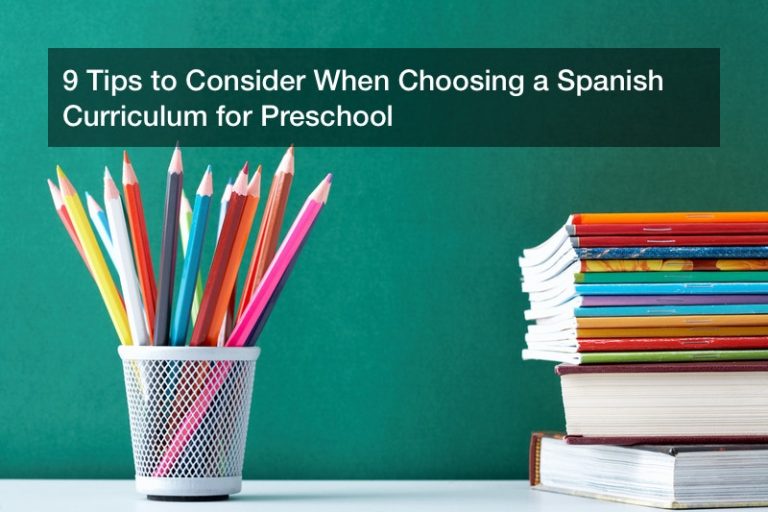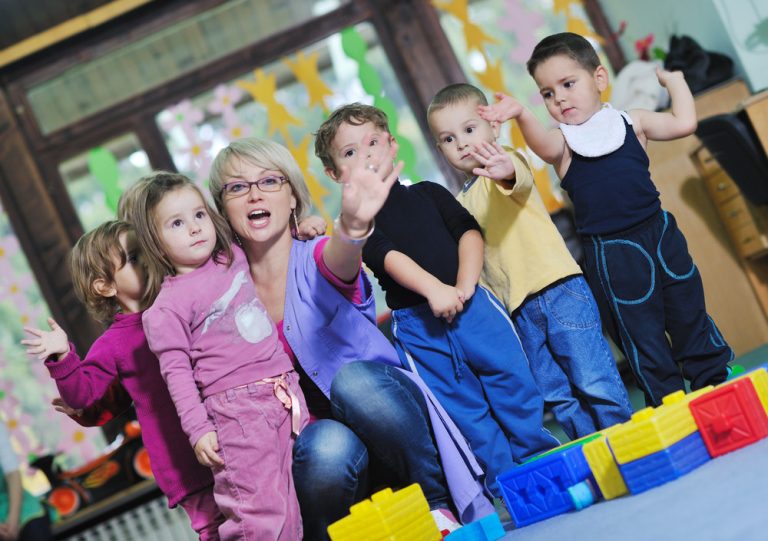


There are many benefits to being bilingual. You are likely to have an easier time traveling to other countries. You are a more appealing candidate in job searches. Also, those who are competent in multiple languages are more likely to be highly educated and more successful in life. Learning a second language can be very difficult. The most successful absorption period is when a child is very young. This is why introducing a child to additional languages when they are still learning their first language provides them with the most possibility of becoming competent in that language. The following tips are helpful in introducing a second language to your young child.
Read to them in both languages
Many studies have shown that reading to your young child is important. This is how they begin to pick up the rules and sounds of their language. Although the children may not yet understand what the words mean or may not yet be able to fully grasp the story, the reading is developing their communication skills. When you read to your child in multiple languages, you are also preparing them for competence in another language. It can also effectively prepare them for later on preschool Spanish lessons.
Teach them words in both language
A parent does not need to be fluent in a second language to teach their child words in that language. Even introducing simple words in a secondary language can help them develop the skills needed. The earlier you introduce your child to a foreign language the better, it seems that before the age of 10 is ideal, or even before the age of 5, if possible. When you are teaching your toddler new words, also teach them the word in another language.
Play them TV shows and songs in another language
Many children pick up their language skills for educational TV shows and music programs. Providing your young child with preschool Spanish lessons that include both first and secondary languages can help them develop the different languages evenly. There are many Spanish curriculum’s available that can be both entertaining and educational for your child. Even songs in a secondary language can teach them to put together words in a different language.
Provide them with books in both language
Even children who may not yet know how to read enjoy looking at books. They may pay attention more to the pictures in the book, but eventually they will attempt to read it. A homeschool Spanish book can help them to become familiar with the shapes and sounds of the Spanish language. It is important to provide them with books in both languages, allowing them to become equally introduced to both language acquisitions.
Enroll them in a preschool Spanish or elementary school Spanish curriculum
When a child attends a school that focuses on multiple languages, they are better able to pick up a second language. Between ages 8 and 12, your child will lose the ability to hear and reproduce new sounds as they did when they were younger, making foreign language acquisition not impossible, but more difficult. An early education program that focuses on both ensures that they take advantage of this critical language period.
Practice the secondary language with them
If possible, practice with your child. This is why preschool Spanish lessons can be so beneficial, because it gives your child someone to practice the language with. Children?s homeschool Spanish curriculum lessons can also allow them to practice with a recording or a person via the TV. Practice is crucial in becoming fluent.
People who are fluent in multiple languages tend to make more money and be more successful. In fact, it has been proven that bilingual employees earn, on average, 20% more per hour than monolingual employees. It is important to introduce a secondary language to a child as early as possible, even in preschool Spanish lessons. Taking advantage of this critical language period increases the chances of successful secondary language competency.





